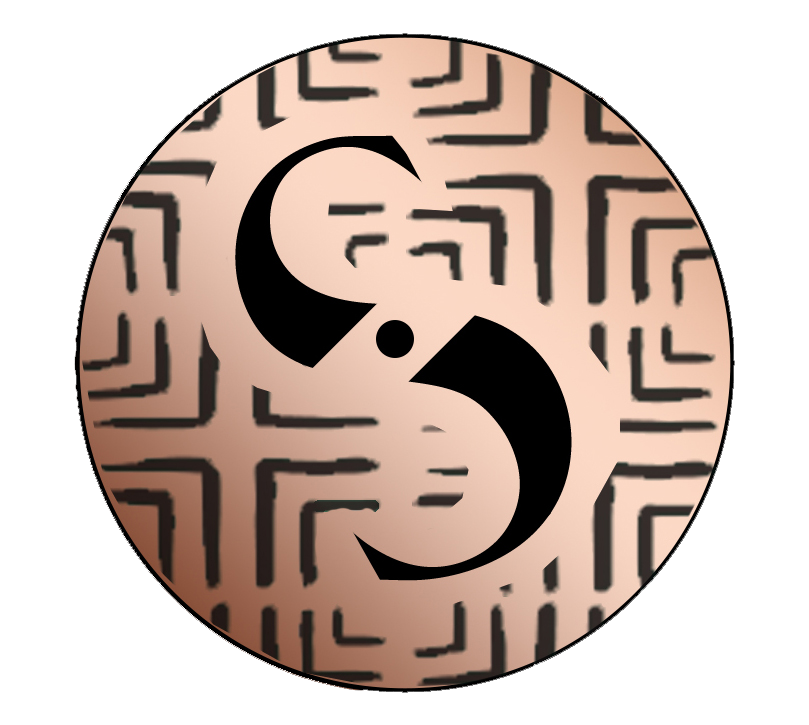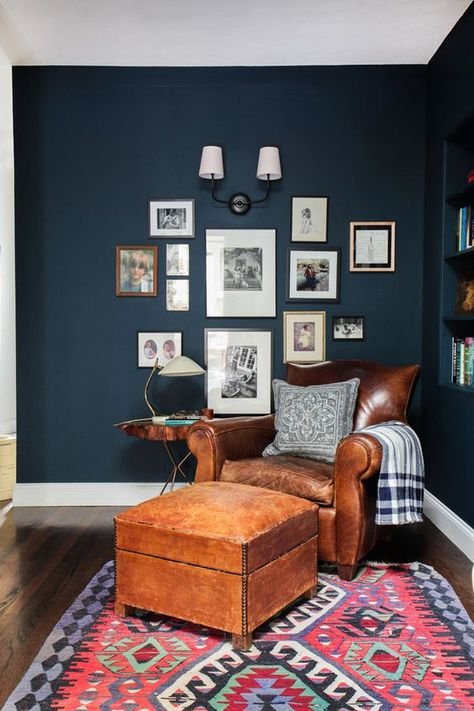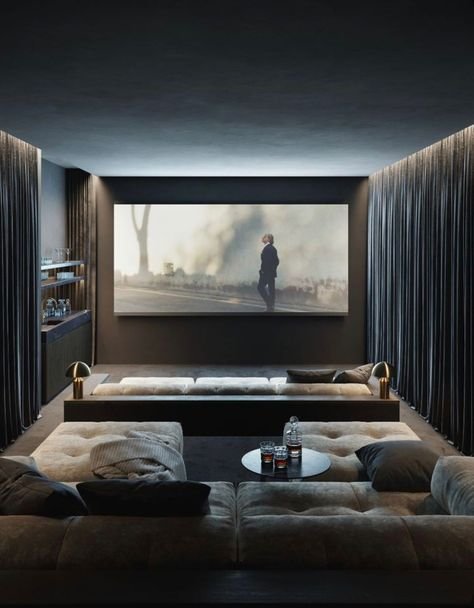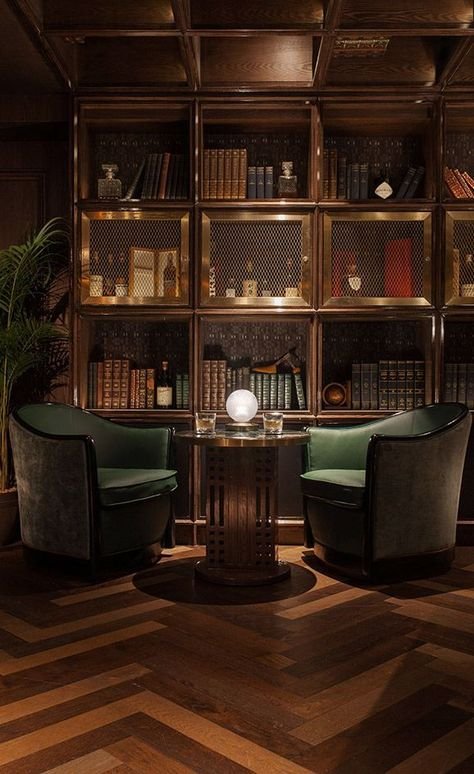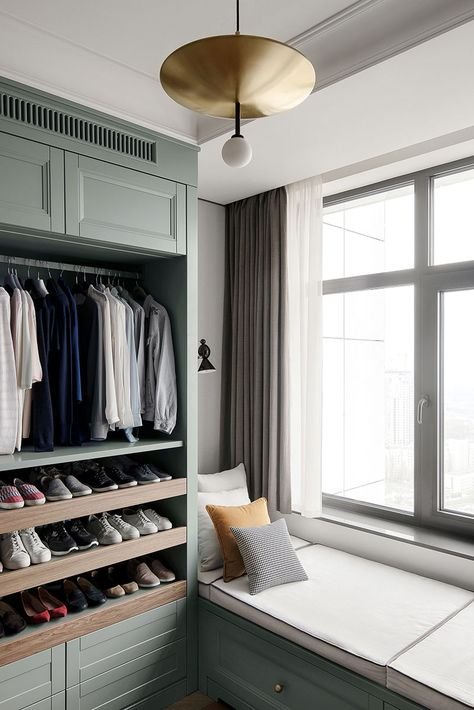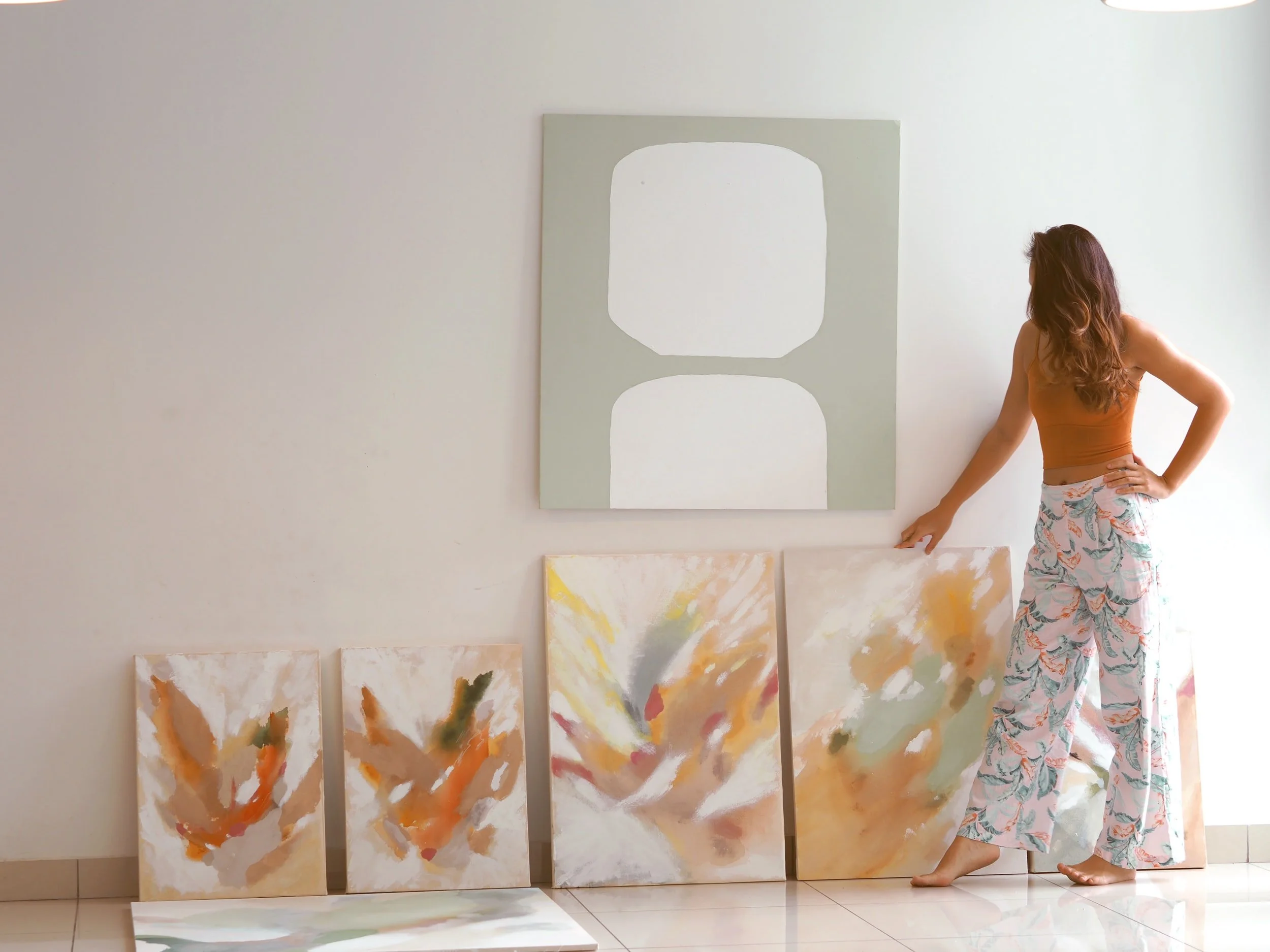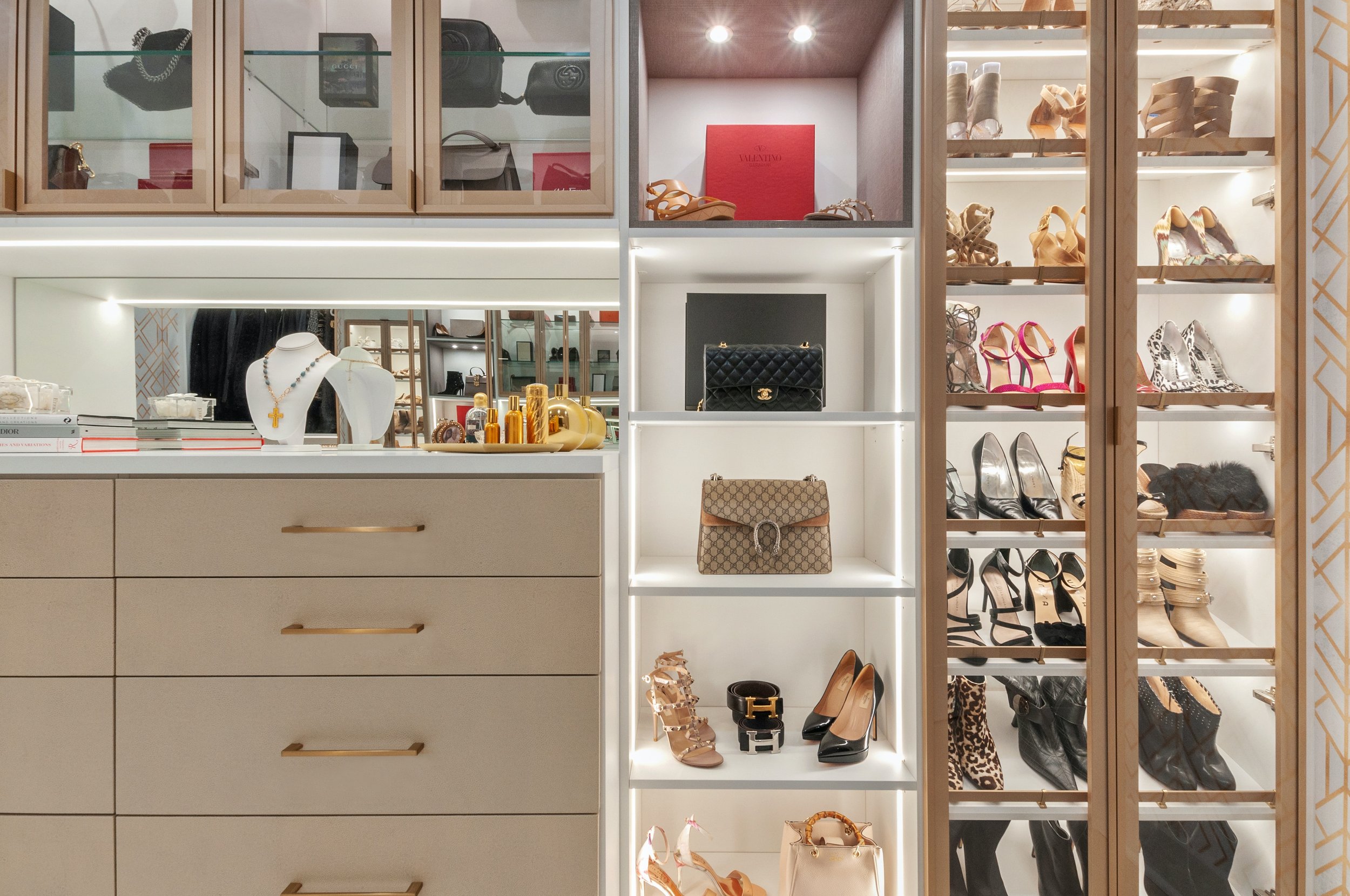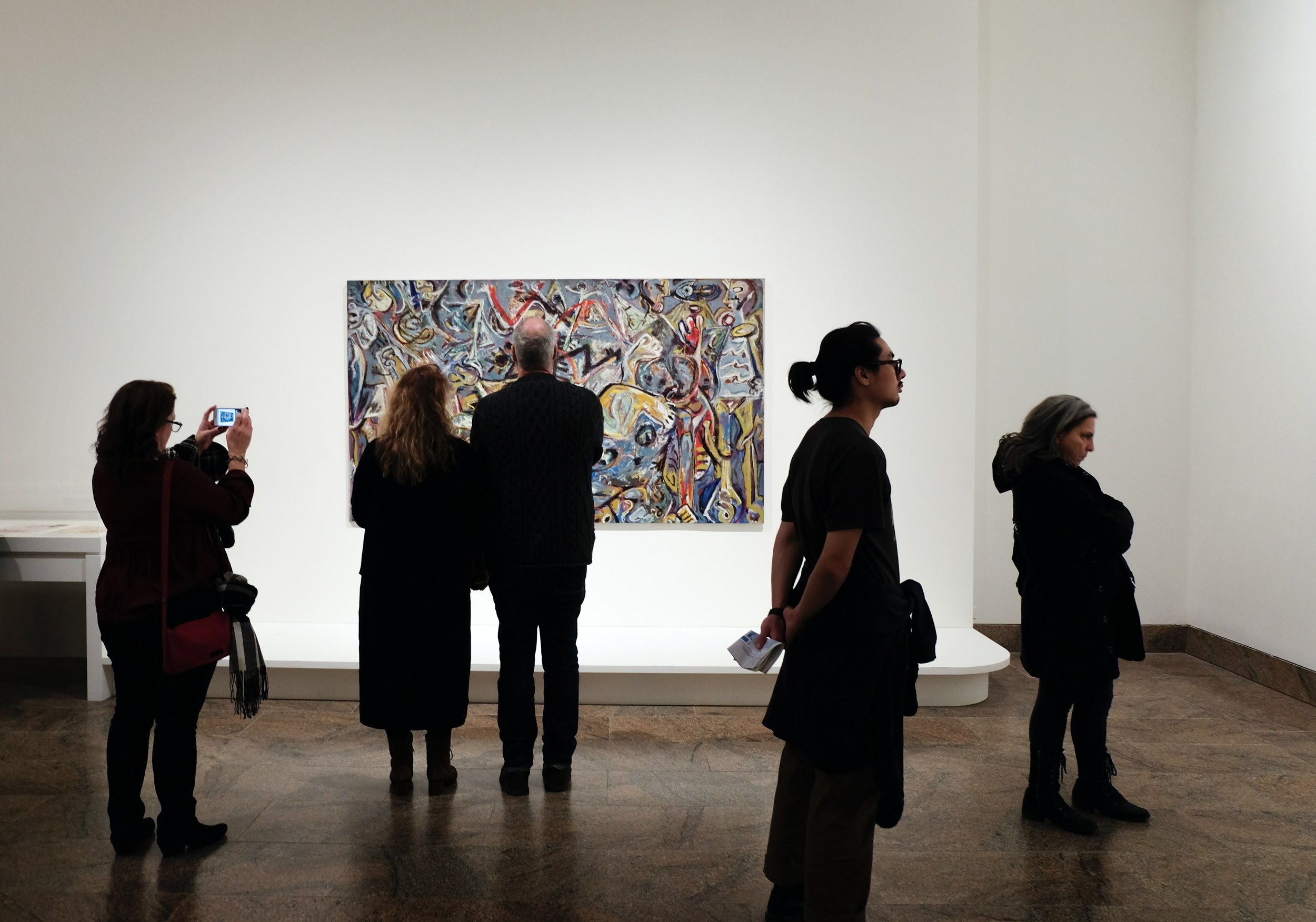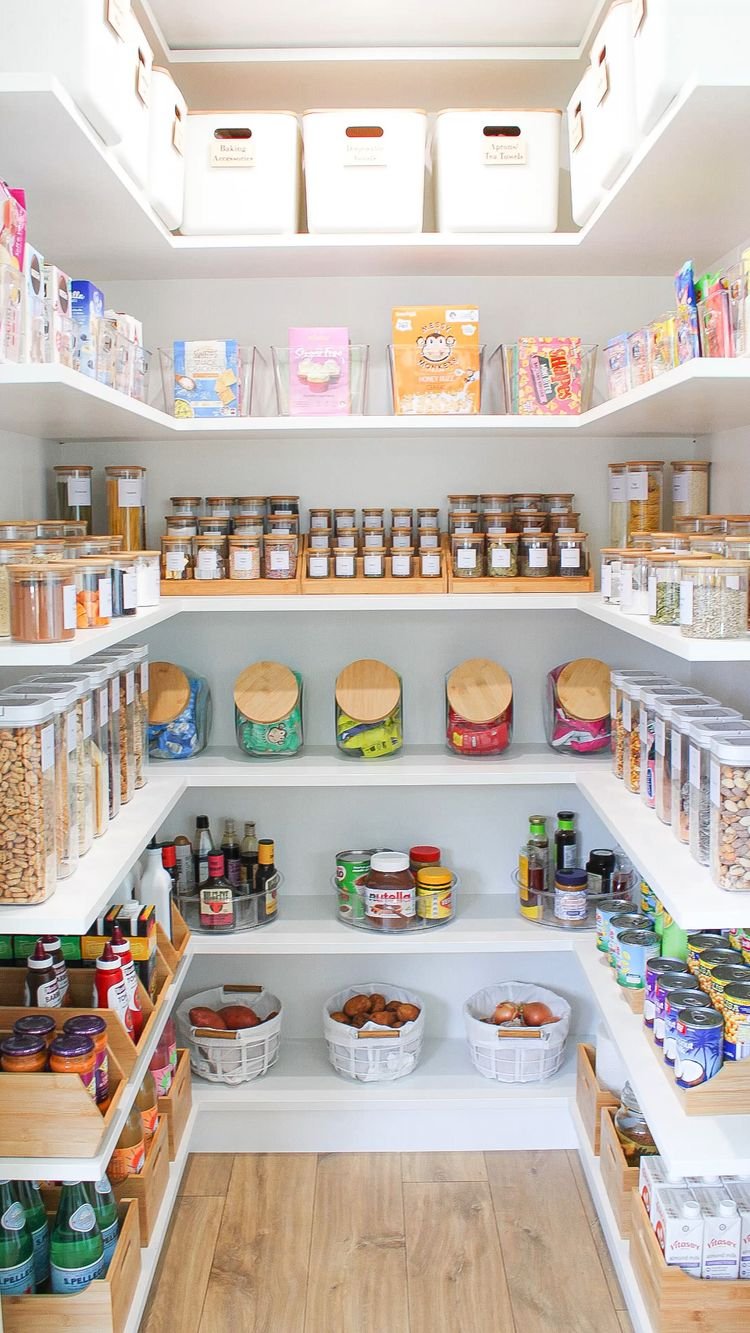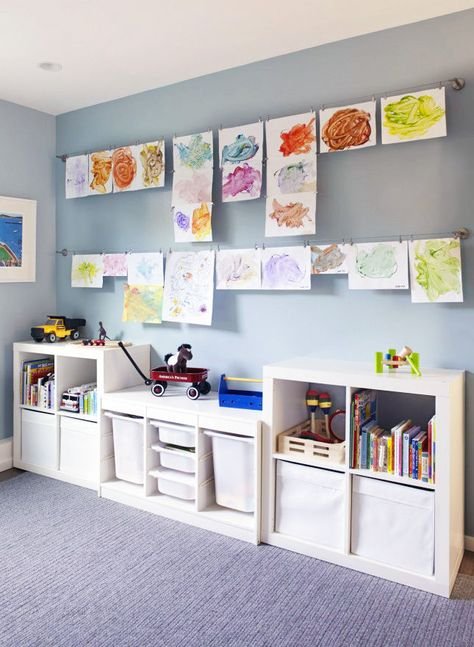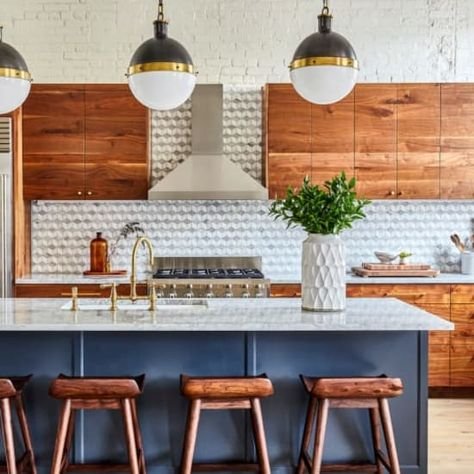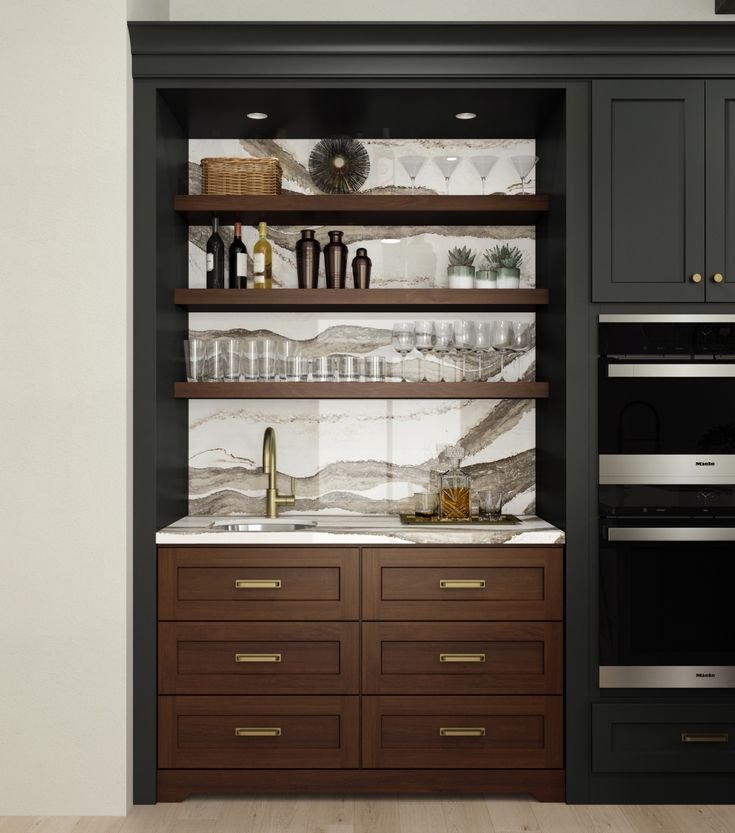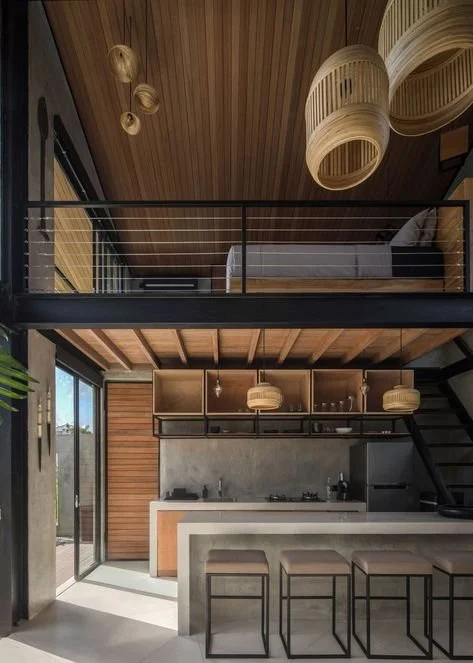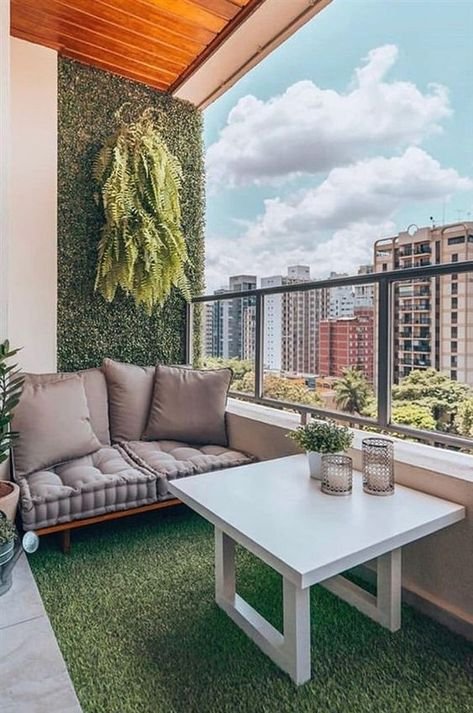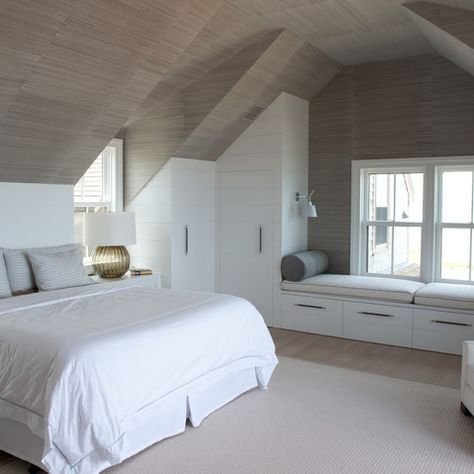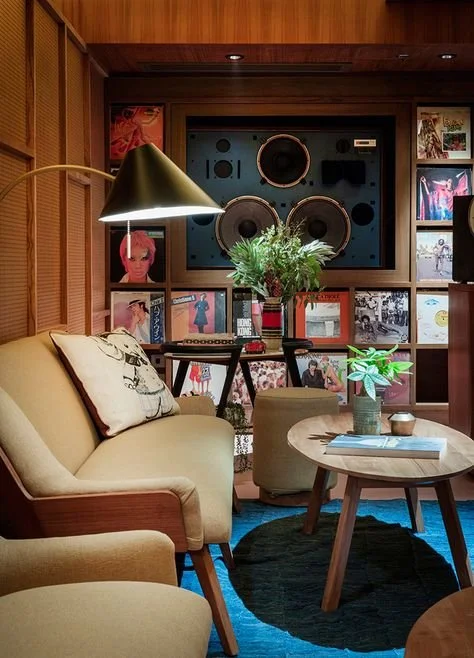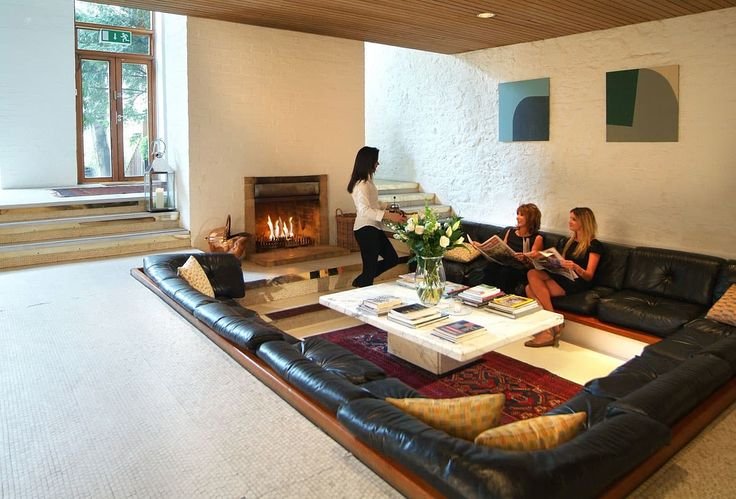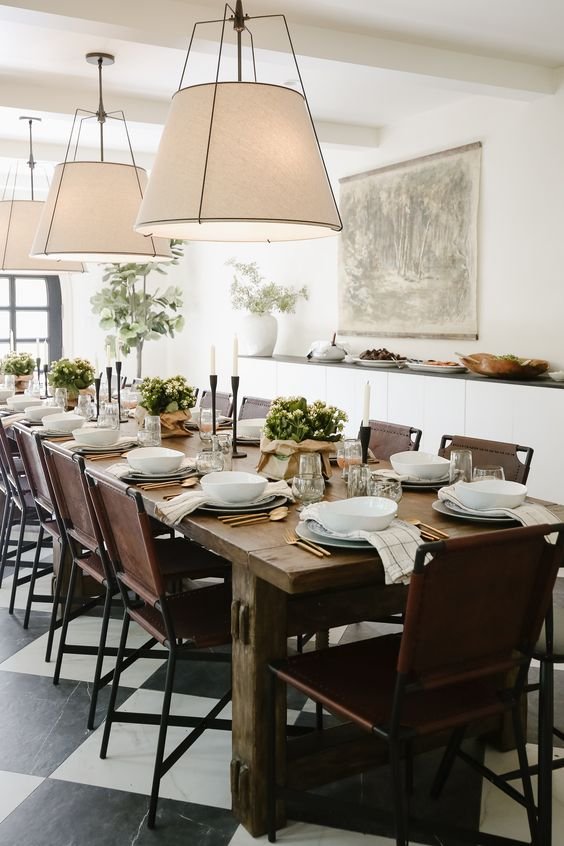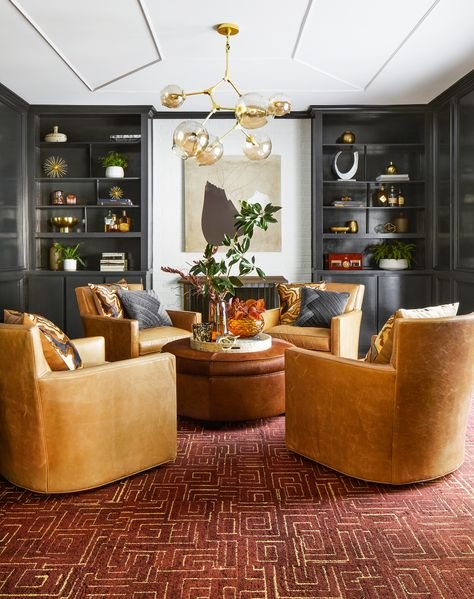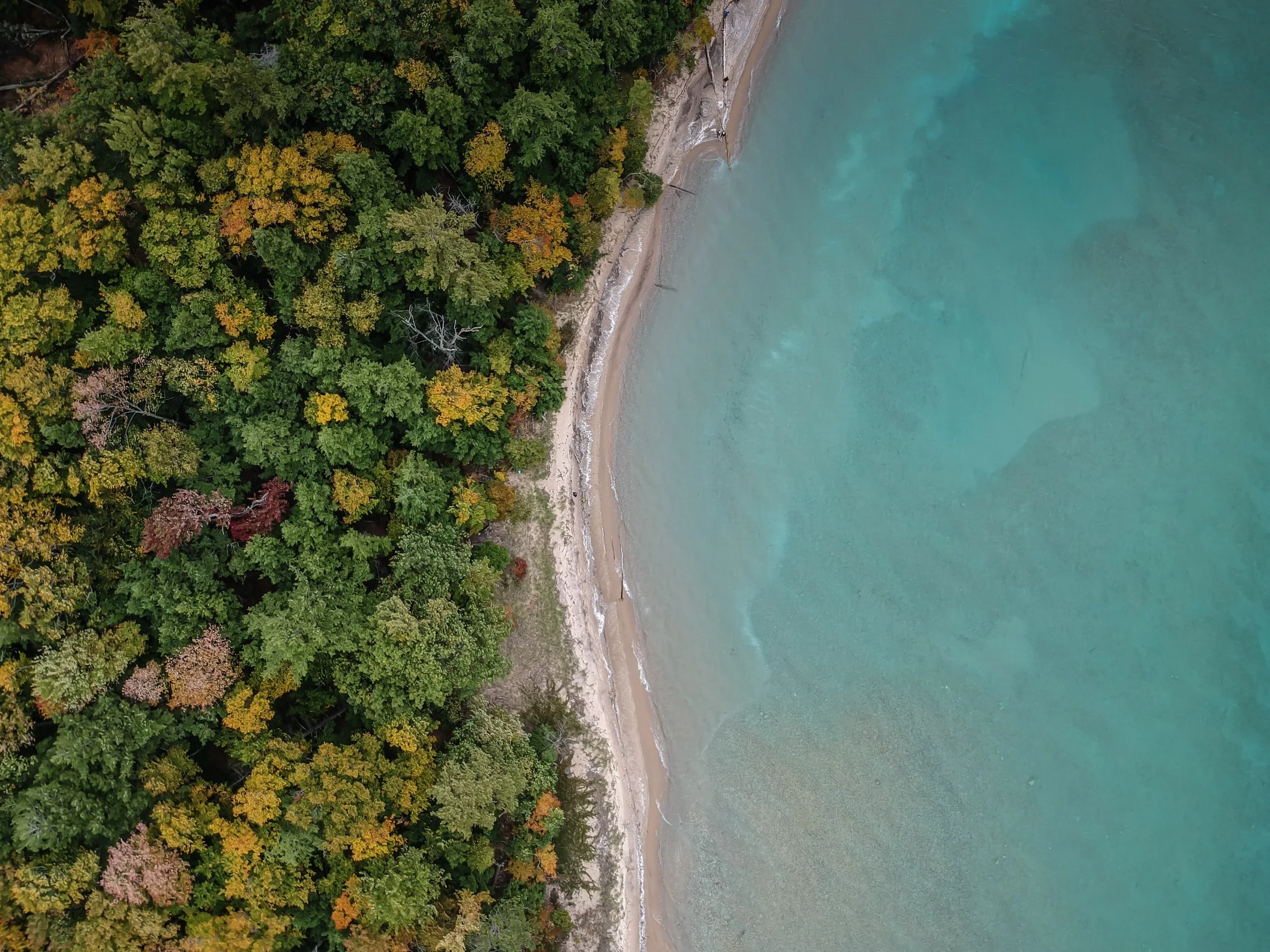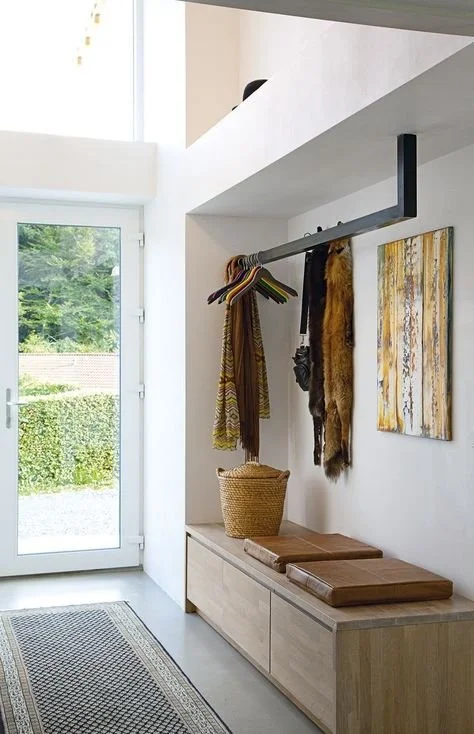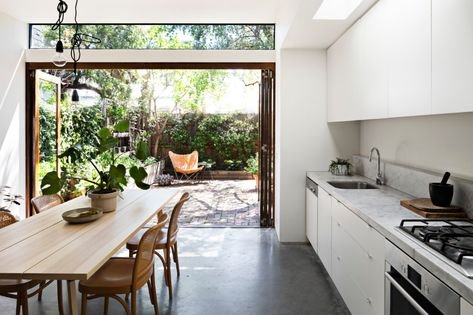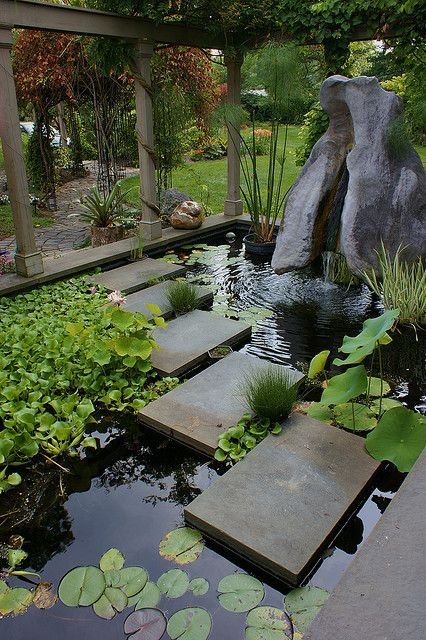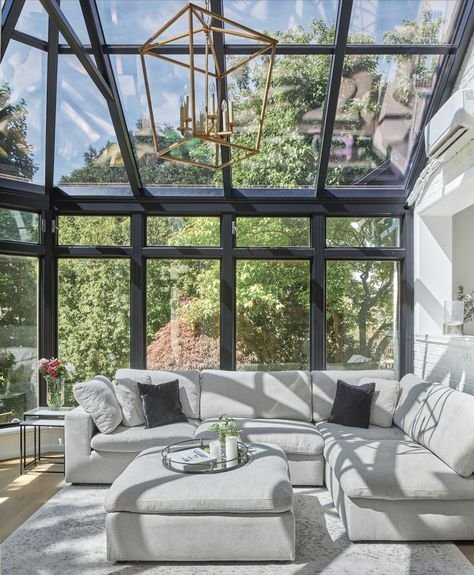Aligning Aesthetics With Your Energetics: An Human Design Environments Exploration
Aligning the Aesthetics & Energetics
Some people come to me not realizing that they need guidance on why they want something. They intuitively know I can provide guidance but it doesn’t translate well without being conscious of it. Coming to me to design your space but also being unsure of what you want means there’s still a gap because you aren’t fully aligned with your vision—you only have bits and pieces of it.
These same people come to me when they are at the edge of a new beginning in their lives. They are either about to face a huge change or are in the midst of it and seeking a way through it. In either case, I’m simply here to guide, inspire and empower.
I’m here to help you take your power back by providing different pathways you can take and help you get in tune with your body to see which one resonates most with where you currently are.
One path may resonate today and then it may lead you to one of the others. The key is that you are making the informed decision with support and feel less alone or less afraid to make scary decisions. I’m not here to convince you. I’m here to hold space as you figure it out.
What are Environments in Human Design?
Environments in Human Design are part of the Variables, the four radical transformations. Variables are an advanced part of Human Design however, I’ve found it really helpful in my current design process and in my personal experiment. Knowing the type of Environment you need and the details included in that Environment allows us to notice and be more in tune with our natural flow of energy. I guess it’s safe to say I’ve reached a point in my journey of deconditioning where it makes sense to me. The general consensus is to have a good foundational understanding of your Aura type, Strategy, and Authority before you start exploring the other parts of the BodyGraph. Mostly, this is because you can easily get sucked down the rabbit hole of information and become confused about the materials and miss key connections. There are popular websites that introduce this when getting your chart like MyHumanDesign so I find it necessary that people have easy-to-understand information to help them digest it instead of feeling even more confused.
Your Environment type is based on the Design (unconscious/red) Nodes of the Moon: where the North and South Nodes were placed around 88 days before you were born.
Close up of the Personality side of the chart showing the Sun, Earth, North and South Nodes
The founder of Human Design, Ra Uru Hu, says your Environment type isn’t really important until you’ve entered the stage of adulthood that comes with completing your Saturn Return, around 28-32 years old. Funny enough, I learned about Human Design just before my Saturn Return began (introduced to it in 2020 & my Saturn Return officially started experimenting in February of 2021). I came across Variables and Environments sometime in 2022 as I dove into the mechanics of Human Design. I’ve been playing around with this new information ever since.
How Can I Find My Environment type?
You can find your Environment type as well as the other three Variables: Determination, Motivation, and Perspective, using Genetic Matrix and Jovian Archive.
While you can see the arrows of the Variables on most BodyGraphs you obtain online, Generic Matrix and Jovian Archive actually provide which of the types of each category we have. In Human Design, the types of Environments and the other transformations are known as “Colors”.
Let’s examine the Environment
The calculation makes a lot of sense when you think about your environment three months before you entered the world. Being in your mother’s womb, your environment was influenced by what was happening outside of the womb. The feelings our mother was experiencing as she interacted with the physical environments around her also affected us as we shared the same vessel and she shared nutrients with us as well as crafted the energetic atmosphere. Also, 88 days are about 3 months before birth which is around the 6-month mark in pregnancy— that’s when the gender of a baby is found out along with the brain being formed and the fetus starts to respond to outside stimuli (sound, light, and touch).
“How do we nourish the outside? We nourish the outside or we turn the outside into something that‘s nourishing by being in the right environment.”
— Ra Uru Hu
Now that we have a basic understanding of what Environments are in Human Design, let’s see how it can be expressed in the physical world. As an interior designer, learning about Environments had my ears perking up because I literally work with clients to craft an “environment” that feels welcoming, safe, and secure, and ultimately reflects their innermost desires. The difference is now, we can use the language from Human Design to understand and craft a space that can cradle you as you go through your transformations in the deconditioning process and handle life’s challenges.
As you go on your journey, a lot of subconscious, somewhat invisible, and intangible things come up to be witnessed and felt. If the energy around you isn’t supportive of who you are becoming, it will only cause blocks as we work to rewire our minds and rewrite our life stories. There’s so much that goes into what makes a space supportive. It requires a complete perspective shift and a curious and playful Spirit.
Caves
Did you build pillow forts in your living room as a kid? Did you enjoy nooks to cozy up in?
Caves Environments are exactly as it sounds, there’s one way in and one way out, and they are all about shelter against the elements— in this case, the elements can be visitors, sounds, lighting, or even smells. Caves people are sensitive to their Environment and need to really engage with their space. The key to understanding Caves is safety and security. I think of it as a reenactment of the womb.
You probably won’t find a Caves person with their back to the entrance since they need to be able to see who is coming in and going out. Of course, there are ways to work with a setup that doesn’t allow this access control such as verbalizing boundaries around their needs. Also, in their personal space, they’ll be facing the closed door, probably in a cozy corner where they can control who is coming into their space. Knock before you enter and wait until they give you permission. They need their privacy and desire to feel protected. Interestingly enough, most of the modern world is a bunch of Caves environments! Think about it— apartment buildings, retail stores, movie theaters— these are all Cave-like Environments.
Also, it helps to have dimmer lighting (ceiling and stationary lights) so you can control the amount of light you want. You might like black-out curtains and maybe even have shades and curtains so if you want light, you can still have the shades drawn to keep it private. You probably have a very specific way you need your private space to look and feel so be honest about your needs.
Visual Inspiration
Types of Caves spaces around the home to play with:
Basement
Garage
Bedroom
Office/den
Bathroom
Home theater
Cigar room/lounge
Reading nook/area
Markets
Do you tend to refresh your space with the seasons? Do you love the variety, the options, the exchanges, the movement of people and life?
Markets people love being in environments that are buzzing and full of activities to select from. They benefit from external stimuli and the ability to curate their experience. Also, the exchanging of goods, currency, and ideas is where they want to be. If you are a Markets person, you will do well trying things out for your home before you buy them. Going to the store to touch and sit in things will be beneficial in making your decision. Sample what you can and don’t be afraid to return things.
Honestly, knowing this about a Markets client is incredibly important so interior designers can select options for the client and encourage them to go out and sample things before deciding. This ensures the process isn’t drawn out and minimizes decision fatigue. The client will be able to use their Authority (intuition- internal decision maker) and Strategy (the correct way to interact with the universal energy) to make the right decision.
Visual Inspiration
Types of Markets spaces around the home play with:
Pantry
Closet (especially walk-in)
Library/study
Open-concept living space
Playroom (with some Legos, paint/markers, and toys galore)
Kitchens:
Do you find yourself trying new things, mixing & testing?
Kitchens people need to be in spaces where alchemy is happening. New combinations are being smushed & bumped together to create something truly unique or to receive that Eureka moment.
Any place with some sort of production and creation where you get to be right in the center of “where the magic happens”. Sometimes, being in an actual kitchen and cooking your own food or baking can be healing for you. Maybe a Sip and Paint kind of situation or a beauty salon/nail salon? Where can things be “mixed” and “transformed”?
I like how Vaness Henry puts it: find a “hot” spot or a “cool” hangout to mix and mingle with others. Spaces with collaborative opportunities such as workshops, coworking spaces, and the like are bound to light you up and help you feel like “this is the place”.
Visual Inspiration
Types of Kitchens spaces around the home to play with:
Kitchen with an island
She-shed
Studio space
Craft room
Laundry room
Garden
Sunroom
Sauna
Mountains:
Do you have elevated taste? Do you prefer being above the frenzy of the mundane?
Mountains people need to be in spaces where they can achieve a higher perspective. Quite literally, they may need to be high up so they can see people and situations unfolding with a clear vantage point like a loft or top floor of a home. Also, they could benefit from just having things spaced out so they can see how things really are like an open layout floor plan. They need time and space to be out of other people’s auric fields.
This is my Environment type and I have found that once I moved away from my hometown, I lived in places that were on at least the second floor. When I moved to my first real apartment, I was on the fourth floor, but I didn’t have a view outside and that affected me mentally. I was able to find figurative spaces online that expanded my perspective which helped me until I was able to move to my current space. Now, I have a large window in my bedroom on the top floor and can “…see the forest for the trees”.
Visual Inspiration
Types of Mountains spaces around the home to play with:
Upper bedrooms
Rooftop
Balcony
Attic (a spacious one)
Loft space
Home gym
Meditation room
Valleys:
Do you find yourself tuning out or plugging into juicy conversations? Do you play with the sounds and acoustics of spaces?
Valleys people are like TMZ in the sense that they need to be ”in the know”. Kinda like the paparazzi and journalists getting the “scoop” on some big news. When you think of Valleys, think of it as a space where conversations are happening amongst people but you get to decide if you want to be a part of the conversation or just listen in.
Valleys people like to be on the main floor of a house, not the basement, that’s more Caves. My kids are both Valleys, but my son is Narrow (observed) while my daughter is Wide (observed). I’ve been observing (like the Passive Mountains person I am) how this plays out and it’s been interesting so far. Of course, it’s more obvious with my son since he’s older. I know Environment isn’t “important” until they go through their Saturn Return, but how wonderful it can be that they’ve been acclimated to their natural Environment for years leading up til when they really need it?
They can move so much more freely in the world feeling supported knowing what spaces are correct for them and what isn’t correct for them energetically. This probably helps with peer pressure, too.
Types of Kitchens spaces around the home to play with:
Dining room
Family room
Great room
Game room
Music room
Main floor bedrooms
Breakfast nook
Shores:
Do you find yourself at ease when you’re on the edge of something new?
Shores people really need to “live life on the edge”. It’s really about the perspective of things and being near water or the flow and movement of things as a healing balm for their minds. There’s a need for experiencing dualities. Not needing to commit to just engaging in a sense of being in a monotonous space.
Why settle for this or that when you can have both? Especially in a society that says we must choose one or the other, how can we cultivate spaces that include both this AND that?
When you think of the boundaries of the ocean and the shore, what do you feel? What are the differences and how do they merge without overpowering each other? You can think of the boundaries as protection from the elements or thresholds of transitioning from one element to another.
Types of Shores spaces around the home to play with:
Entryway
Foyer
Indoor-outdoor spaces like a sunroom or a living room with sliding doors leading to the backyard
Outdoor space with fountain or koi pond
Front porch/deck
Conservatory/greenhouse
Start defining & exploring your Environment
The beautiful part of learning Human Design is that the entire structure is meant for you to experiment with your findings. This tool opens up possibilities and new perspectives for us to stay curious and engage with life rather than passively let things happen. Human Design shows us the beauty of energy in action even though it isn’t a tangible current. It shows us how we can work in tandem with the intangibles of life. There’s no need to force things when you learn what is correct for you.
Creating physical spaces that reflect your needs, wants and values allow you to feel safe, secure, and stable. While the world may be unpredictable and unnerving at times, you have a sanctuary to return to that can truly replenish you and support you.
From what I’ve seen in my house with my children and even from how I interacted with my own home as a child, we naturally show what we need in our environments at a young age. As we get older and interact with different structures and distinct environments such as schools, our friend’s houses, or other family members’ houses, we start to adapt and lose sight of our natural rhythm and create an energy of needing to fit into spaces that aren’t “right” for us. For example, as a Mountains person, not getting that time to be in my own aura and have time and space to see things clearly was detrimental to my self-esteem. Not having much of a view out my window was really hurtful to my mental health. Once I moved to a space that had big windows and more space to move around and seclude myself, I started to feel much lighter and happier.
Take what you learn from this article about your Environment type and start to see how you can use the elements to create spaces like it where you go, not just at home but also in your workspace or when traveling.
Need help unpacking how to create this in your home & life?
I offer virtual interior design consultations where we review your Human Design chart and Astrology birth chart to uncover the path to clarity and transformation you desire in your home and life.
Consider booking a Discovery Call with me so you can see how I can be of service to you.
Not ready to go deeper yet?
I offer a FREE PDF guide you can use to uncover your unique design style using your birth chart!
Use the information about your Human Design Environment with the PDF and you’ll start to see how to create the home you need and deserve.
Take Care✨
